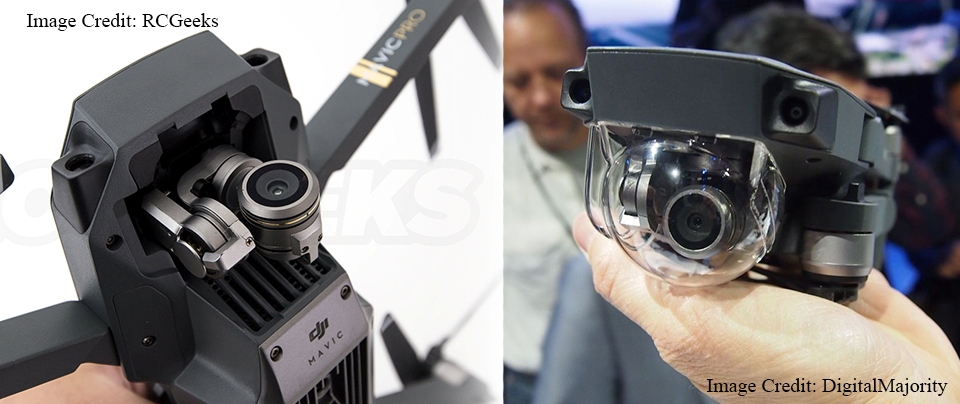Microsoft has data centers all around the world. Now, they plan to go underwater.
Google is also planning to install data centers on water. Earlier this year, Google patented ships with kites. Google plans to install data centers on these ships. Check this video that shows how these ships work.
Microsoft’s underwater data centers are designed to promote marine life. In fact, Microsoft calls them “artificial reef datacenters”.

Environmental concerns for the erosion of beaches, diminishing marine life, loss of active reefs, and other impacts have led to the installations of artificial reefs in some areas. Often, artificial reefs are built using objects originally made for another purpose, and repurposed into an artificial reef, such as oil rigs or decommissioned vehicles. However, these repurposed objects often introduce additional environmental concerns, such as corrosion and the introduction of pollutants into the marine environment.
Microsoft’s artificial reef datacenter is configured for operation while submerged in water is designed to incorporate structural components and other features that actively promote marine life and attract growth of reef inhabitants. For example, the active promotion of life includes, providing warmth and dispersing nutrients in a surrounding environment. Additionally, active promotion of life includes, the datacenter design and structural decisions, which lead to an inviting structure for colonization of marine life. The structural components include treated surfaces, vertical structures, cables, hoses, trellises, rods, ramps, frame components, clamshell structure, crevices, cooling structures, and any other structures adapted to promote reef life.
Because the artificial reef datacenter emits little to no heat differential in the surrounding environment, natural growth of diverse reef life is provided. Further, diverse and rapid growth of reef inhabitants is actively promoted due to the structural stability and environmental conditions provided by the datacenter.
The artificial reef data center is designed to be submerged, for example on the ocean floor or the floor of any similar deep body of water, such as a lake, river, flooded former quarry and so on. The datacenter is deployed relatively close to current and potential customers, and positioned in a way to take advantage of sustainable power that is also environmentally friendly, and take advantage of the massive heat sink provided by the water. By positioning the datacenter in deep water, such as anchoring it or sinking it to the ocean floor, the risks of umbilical detachment or damage to the datacenter by external forces are significantly reduced.
The submerged datacenter is subject to intrusion by unwanted natural or man-made phenomena, in particular divers, submarines, ROVs, trained sea mammals, capture devices, or other covert attempts to access the datacenter. Microsoft has also patented an intrusion detection system for these submerged datacenters. The intrusion detection system includes multiple sensors to detect intrusion. The sensors include an acoustic sensor, a pressure sensor, a vibration sensor, a temperature sensor, a voltage sensor, a current sensor, or a fiber network integrity sensor.
If the intrusion is found to be successful, then the data is rendered inaccessible by deleting all local copies of encryption keys, ignoring all network traffic pending receipt of a special sequence of packets, or powering down the datacenter. Further, all local data may be permanently rendering inaccessible, by flooding the datacenter, destroying critical persistent storage structure information, or performing irreversible destructive actions on persistent data store elements.
The artificial reef datacenter is designed for both computation and data storage, as well as growth of marine life. By providing structural elements and other components of the datacenter adapted to actively promote marine life, the artificial reef datacenter benefits both the local marine life and the local network usage needs on land or elsewhere.
Publication number: US 20160381835
Patent Title: Artificial Reef Datacenter
Publication date: 29 Dec 2016
Filing date: 27 May 2016
Inventors: Benjamin F. Cutler; Norman Ashton Whitaker; Spencer G. Fowers; Jeffrey Alex Kramer;
Original Assignee: Microsoft Technology Licensing, LLC




